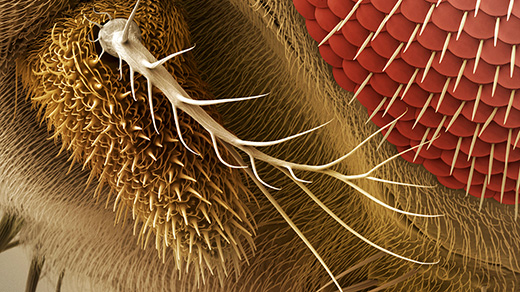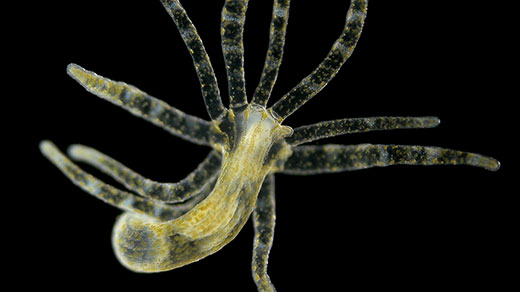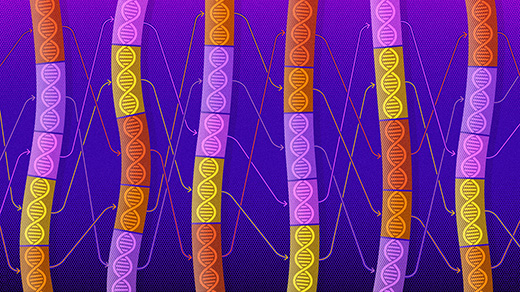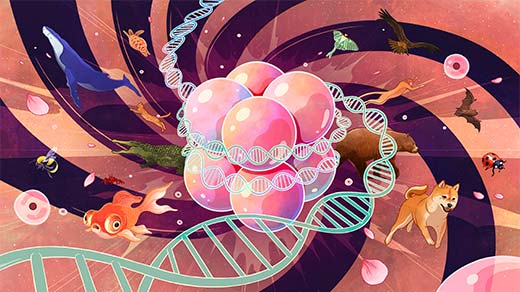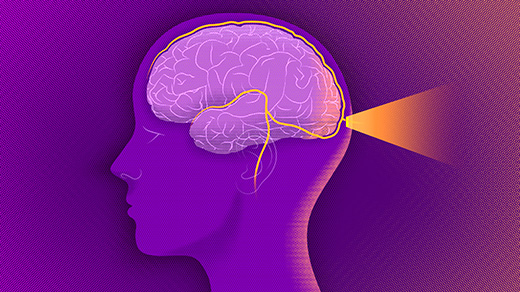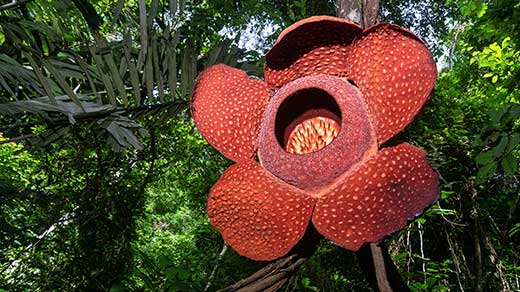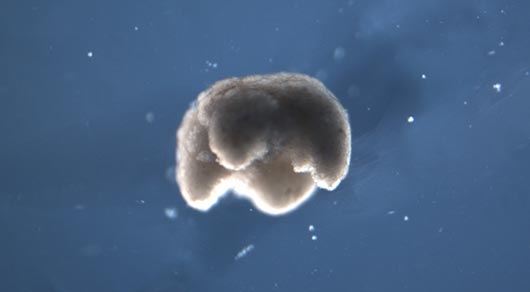What's up in
Evolution
Latest Articles
Secret Workings of Smell Receptors Revealed for First Time
Researchers have finally seen how some smell receptors bind to odor molecules. The work yields new insights into one of the most mysterious and versatile senses.
DNA Jumps Between Animal Species. No One Knows How Often.
The discovery of a gene shared by two unrelated species of fish is the latest evidence that horizontal gene transfers occur surprisingly often in vertebrates.
RNA Brakes May Stabilize a Cellular Symbiosis
In some symbiotic partnerships, an RNA-based mechanism may sabotage the growth of greedy hosts.
Sleep Evolved Before Brains. Hydras Are Living Proof.
Studies of sleep are usually neurological. But some of nature’s simplest animals suggest that sleep evolved for metabolic reasons, long before brains even existed.
Scientists Catch Jumping Genes Rewiring Genomes
Transcription factors that act throughout the genome can arise from mashups of transposable elements inserted into established genes.
DNA’s Histone Spools Hint at How Complex Cells Evolved
New work shows that histones, long treated as boring spools for DNA, sit at the center of the origin story of eukaryotes and continue to play important roles in evolution and disease.
A Backdoor Lets the Immune System Monitor the Brain
A newfound hub of immune system activity at the back of the brain solves a century-old puzzle.
DNA of Giant ‘Corpse Flower’ Parasite Surprises Biologists
The bizarre genome of the world’s most mysterious flowering plants shows how far parasites will go in stealing, deleting and duplicating DNA.
Cells Form Into ‘Xenobots’ on Their Own
Embryonic cells can self-assemble into new living forms that don’t resemble the bodies they usually generate, challenging old ideas of what defines an organism.
